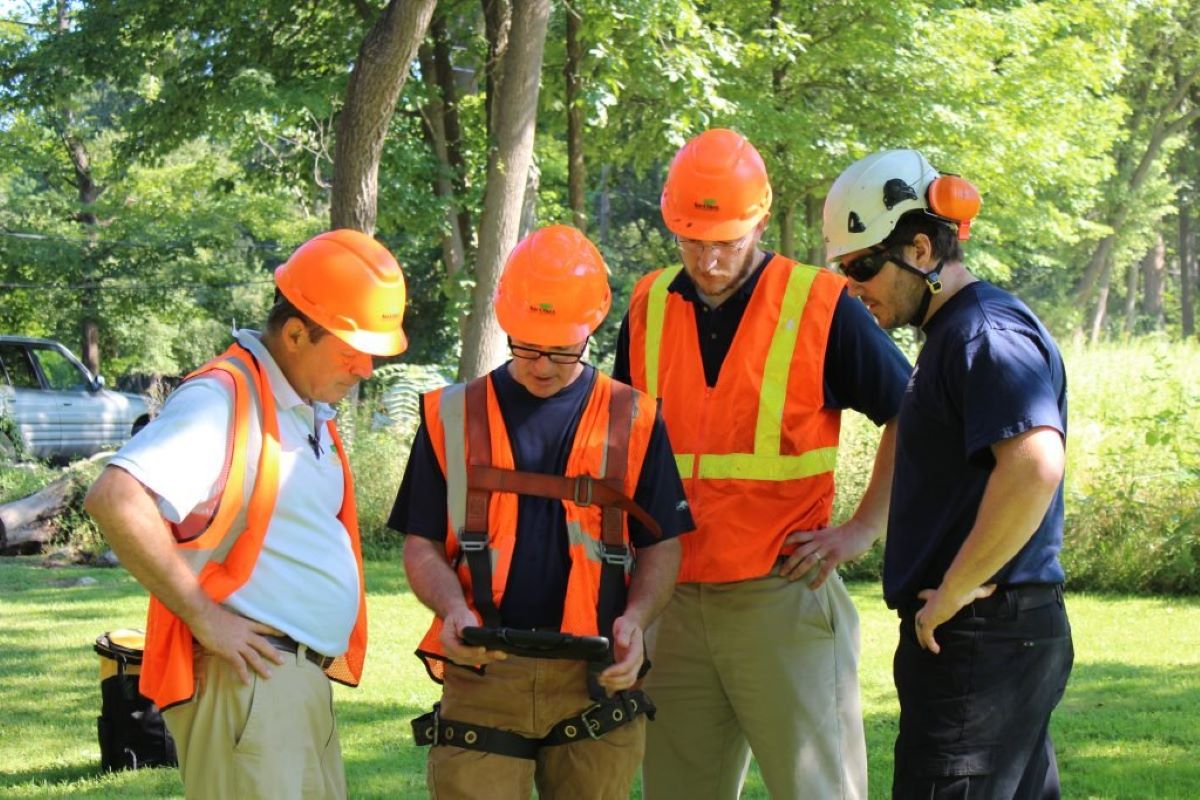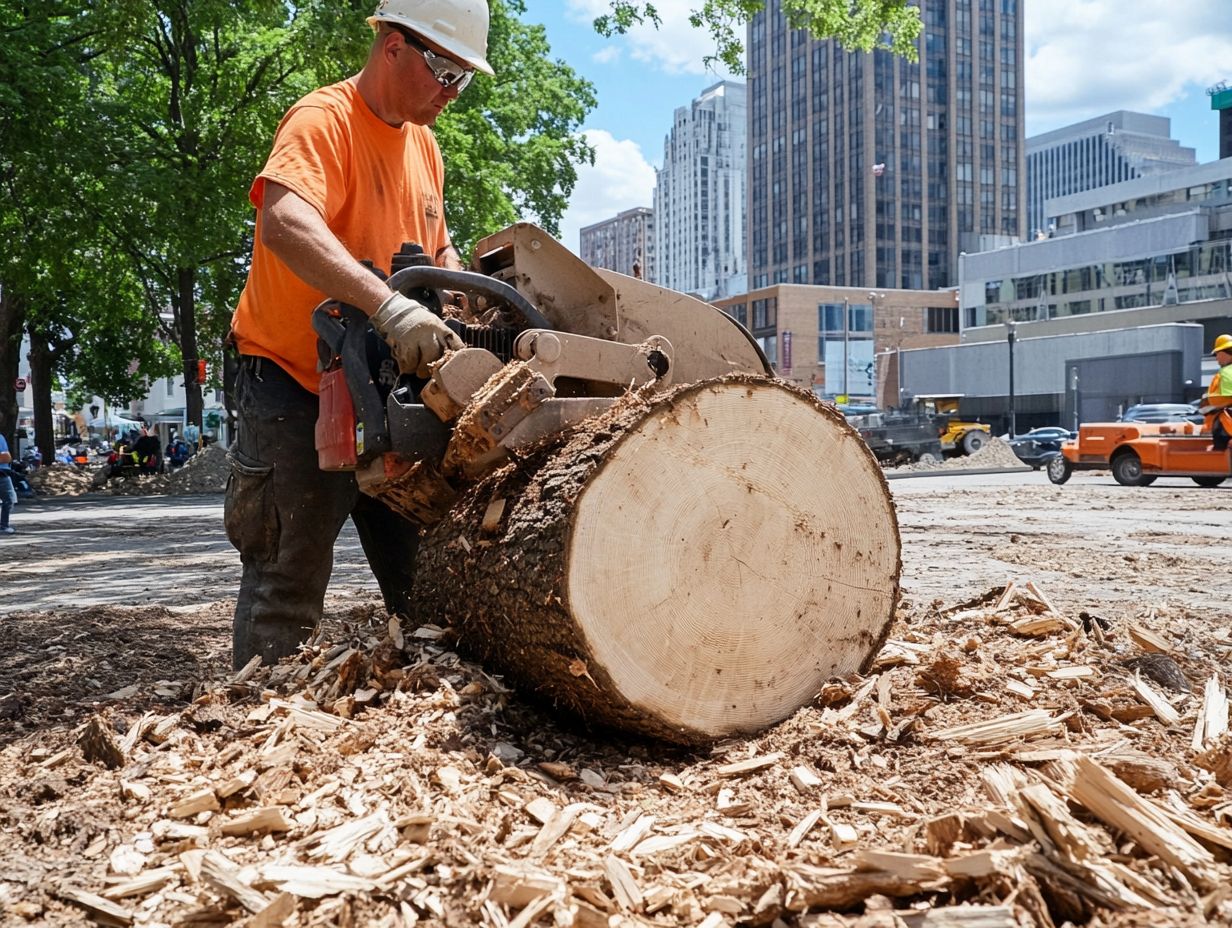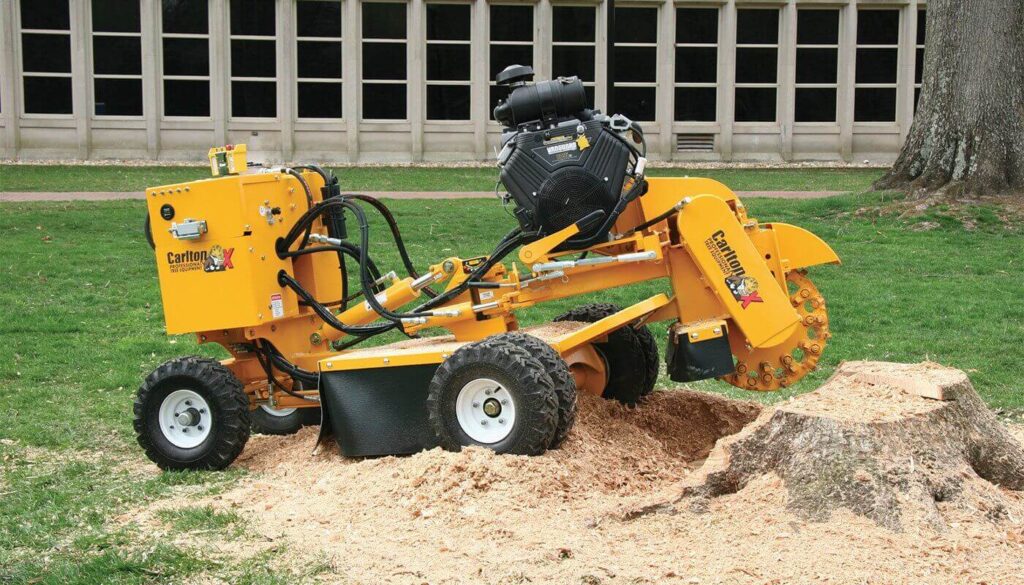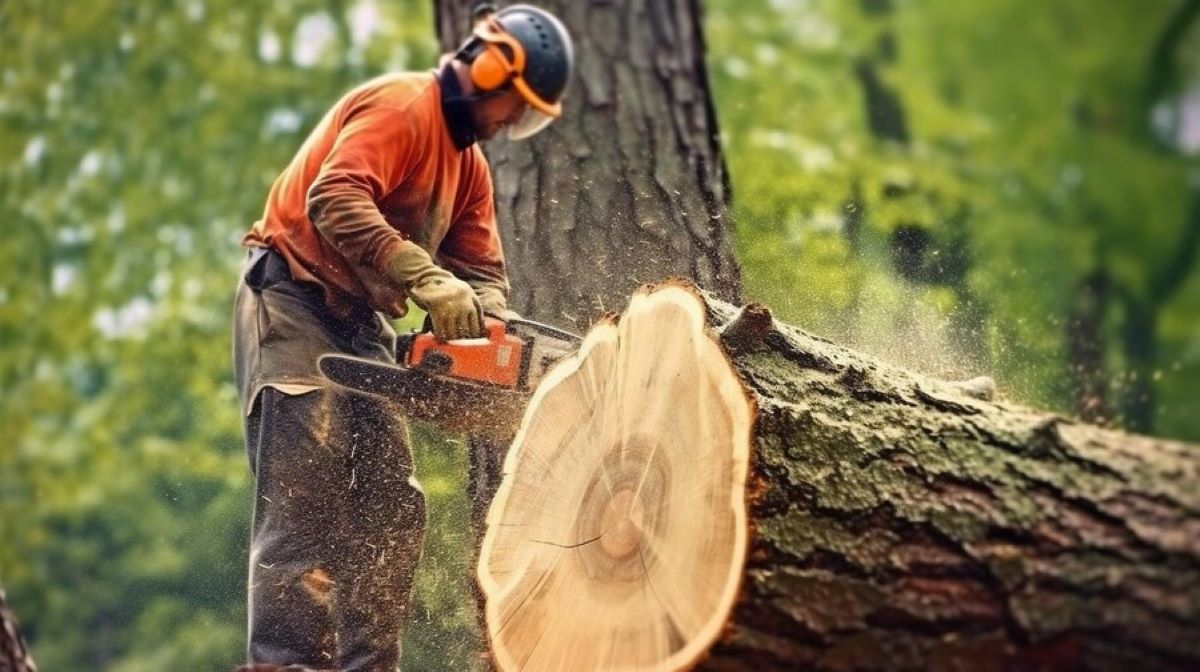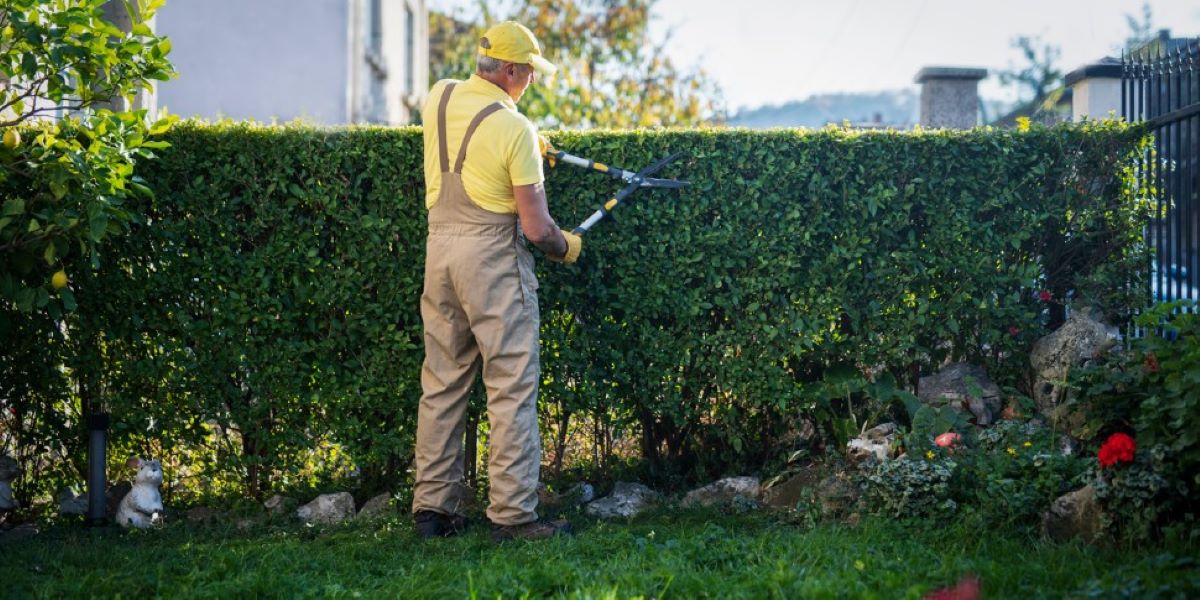Emergency Tree Removal: What to Do After a Storm Hits
Severe storms can leave trees damaged, fallen, or dangerously unstable, posing immediate risks to your home, property, and safety. Knowing what to do after a storm is essential for homeowners and property managers. Emergency tree removal requires careful planning, the right tools, and sometimes professional assistance to prevent further damage. This guide explains when DIY removal may be feasible, safety tips, common mistakes to avoid, and why hiring a certified arborist is often the safest choice. It also covers post-removal care, including stump management and landscape restoration. When DIY Tree Removal Might Be Considered Not every post-storm tree situation requires a professional. Some scenarios may allow careful DIY removal. 1. Small or Partially Fallen Trees Trees under six meters tall or small branches that have broken off may be safe to remove using hand tools or a small chainsaw. 2. Open and Accessible Locations If a tree has fallen in an open area with no nearby structures or power lines, it might be safely handled by homeowners familiar with safe cutting practices. 3. Minimal Structural Damage Trees that are leaning but stable and away from homes may be candidates for cautious DIY trimming or removal. Even in these cases, homeowners must assess the risk carefully before attempting removal. Essential Safety Tips After a Storm Storm-damaged trees are unpredictable. Safety should be your top priority. 1. Wear Proper Protective Gear Use a helmet, gloves, steel-toe boots, and safety goggles. Chainsaw or cutting equipment requires ear protection as well. 2. Survey the Area Check for hanging branches, broken limbs, and electrical hazards. Never approach a tree that’s touching or near power lines—call your utility company immediately. 3. Plan an Escape Route Storm-damaged trees can fall unexpectedly. Identify multiple safe paths to retreat while working. 4. Avoid Wet or Slippery Conditions Waterlogged soil or wet tree bark increases the risk of slipping or losing control of tools. Wait for safer conditions if possible. 5. Inspect Tools Carefully Chainsaws, ropes, and ladders should be checked for damage after a storm. Malfunctioning equipment can make dangerous situations worse. Common DIY Emergency Tree Removal Mistakes Homeowners often make errors when attempting post-storm tree removal. Recognizing these mistakes can prevent injuries and property damage. 1. Underestimating Tree Weight Storm-damaged trees are heavier than they appear due to water absorption. Incorrect assessment can lead to uncontrolled falls. 2. Ignoring Tree Lean and Instability Trees may be cracked, split, or partially uprooted. Failing to identify unstable points can result in sudden movement during cutting. 3. Working Too Close to Structures Attempting removal near homes, fences, or garages without professional support can lead to major property damage. 4. Overconfidence with Chainsaws Even experienced homeowners underestimate the challenges of cutting wet, heavy, or broken wood. Chainsaw mishaps are a leading cause of injury during storm cleanup. 5. Skipping Permits or Notifications In some areas, storm-damaged trees, especially protected species, may require council notification before removal. Ignoring local regulations can result in fines. Why You Should Hire a Professional Arborist After a Storm Storm-damaged trees present unpredictable hazards that make professional assistance crucial. 1. Expertise in Dangerous Conditions Certified arborists have the knowledge to assess tree stability, structural weaknesses, and the safest removal strategies. 2. Specialized Equipment Professionals use ropes, cranes, and rigging systems to control the fall of trees safely, reducing the risk of property damage or injury. 3. Emergency Response Many tree services offer 24/7 storm response, handling urgent situations quickly and safely. 4. Insurance Coverage Professional removal protects you from liability in case of accidents, injuries, or property damage. 5. Compliance and Legal Safety Certified arborists ensure that removal complies with local council regulations, even after storms. Aftercare: Stump Removal and Yard Restoration Once the tree is safely removed, post-removal care ensures your yard remains safe and attractive. 1. Stump Management Storm-damaged stumps can regrow or attract pests. Options include grinding, chemical treatments, or hiring professionals for complete extraction. 2. Debris Cleanup Branches, leaves, and broken wood should be sorted, recycled, or used as mulch or firewood. Proper disposal prevents accidents and pest infestations. 3. Soil Restoration Fill holes with nutrient-rich soil and replant grass or shrubs to restore your landscape and prevent erosion. 4. Ongoing Tree Maintenance Regular inspections and pruning of remaining trees reduce future storm risks and maintain yard safety. Tips for Preventing Future Storm Damage Proactive maintenance reduces the likelihood of emergency tree removal after storms. Final Thoughts Storms can leave trees unstable, damaged, or dangerously positioned. While DIY removal may be possible for small, low-risk trees, hiring a certified arborist is the safest option for large, leaning, or hazardous trees. Professional tree removal protects your home, ensures safety, and provides proper post-care to restore your yard. Always prioritize safety first, assess the risks carefully, and know when to call in the experts for emergency tree removal. FAQS
